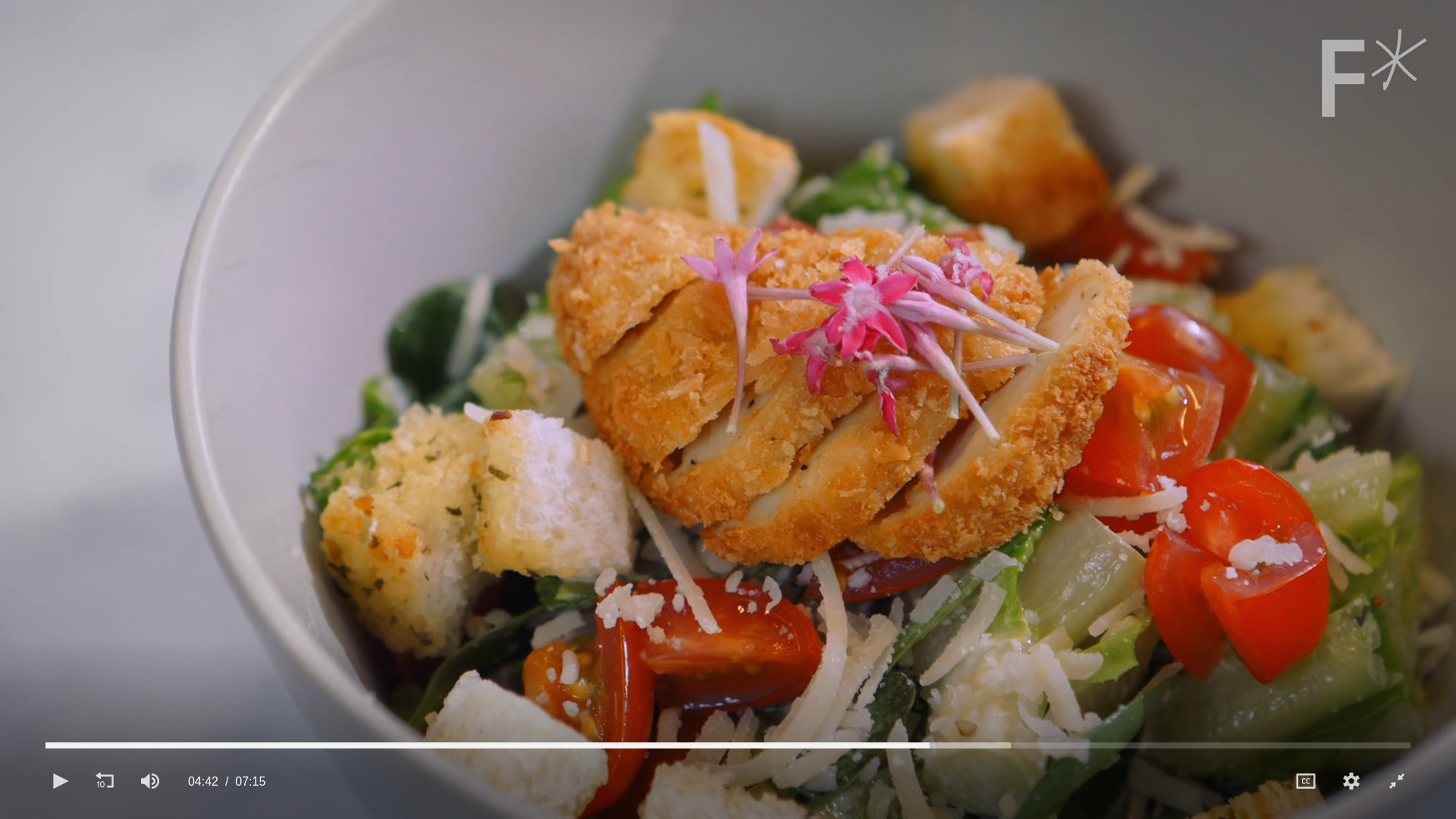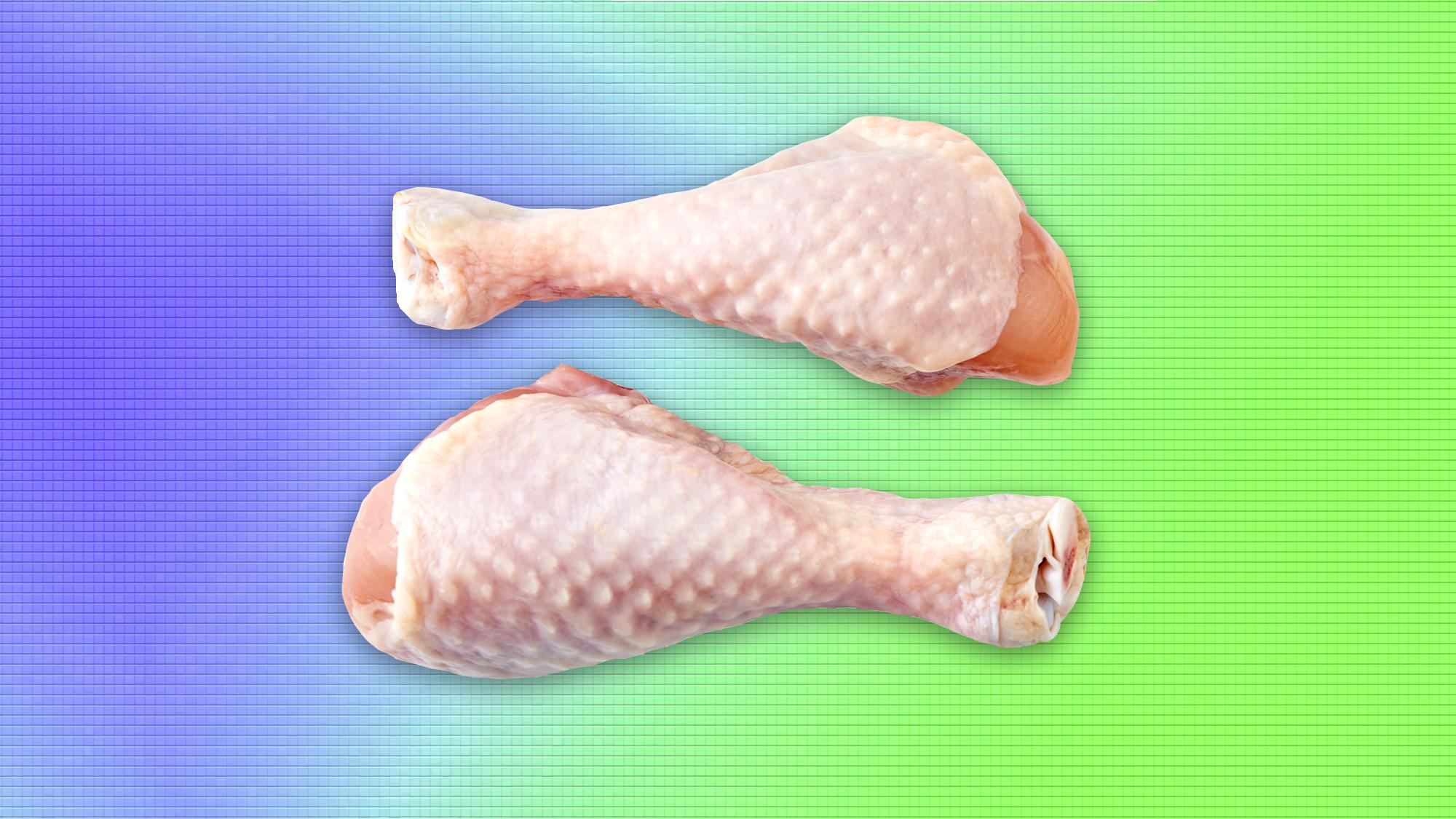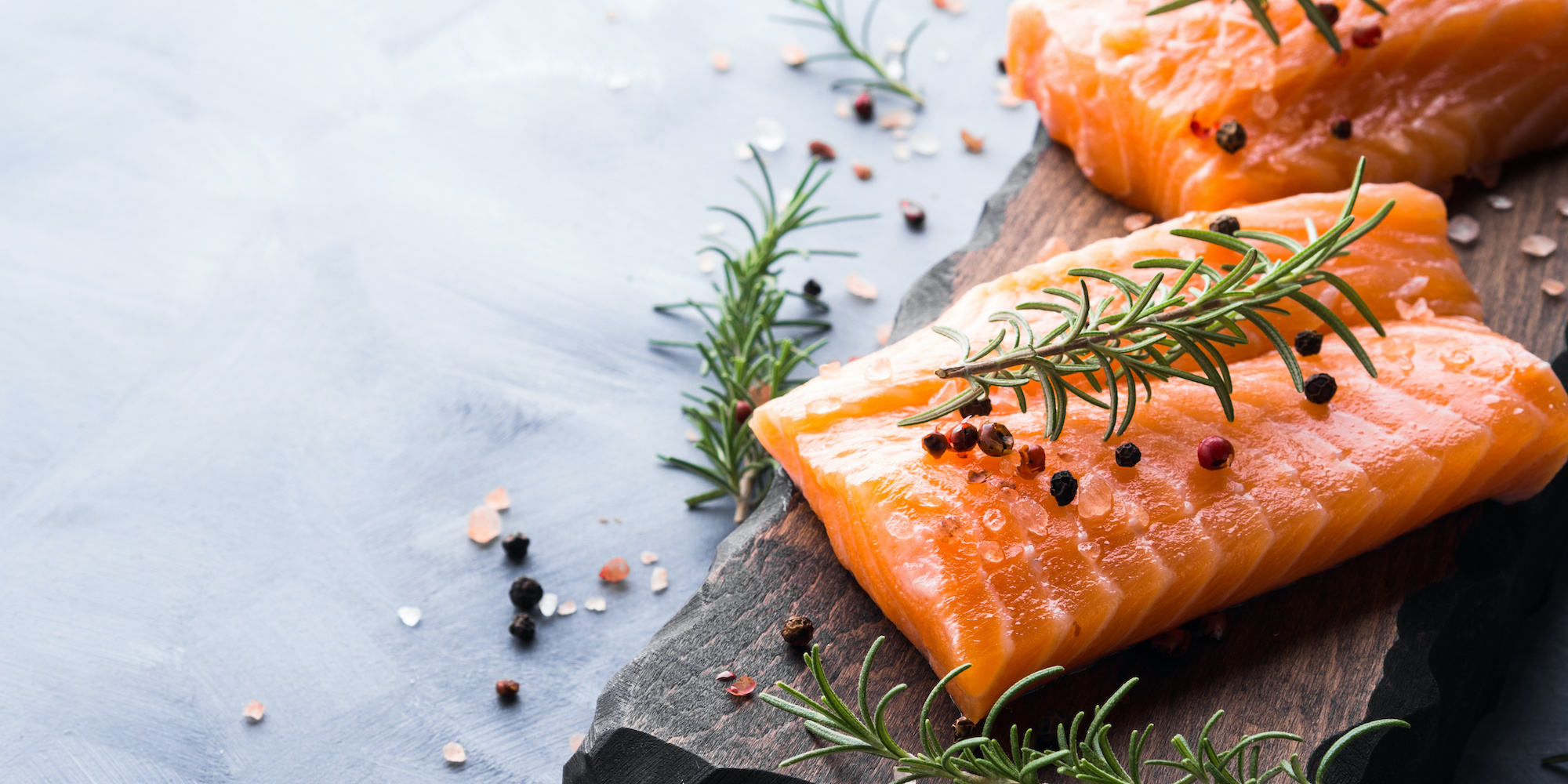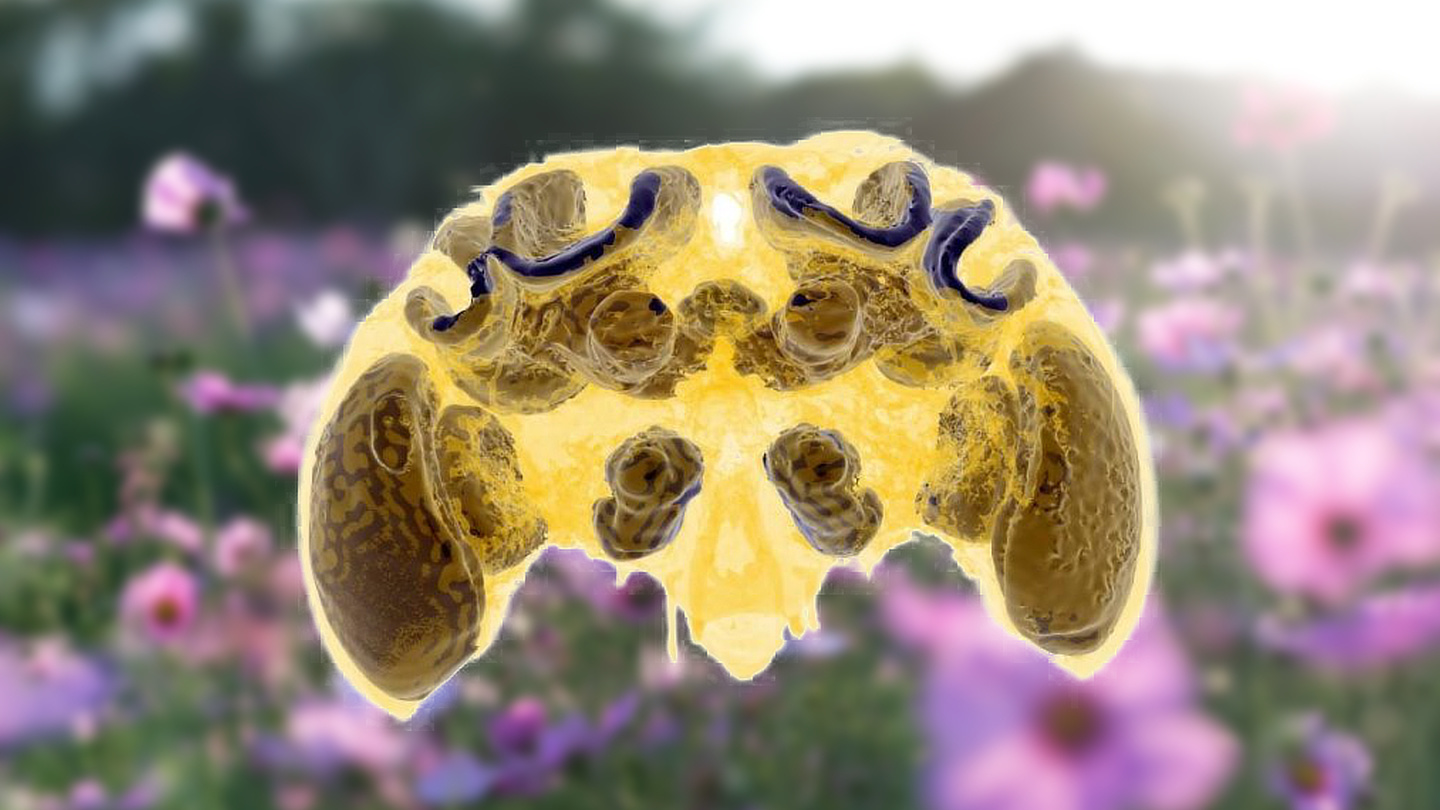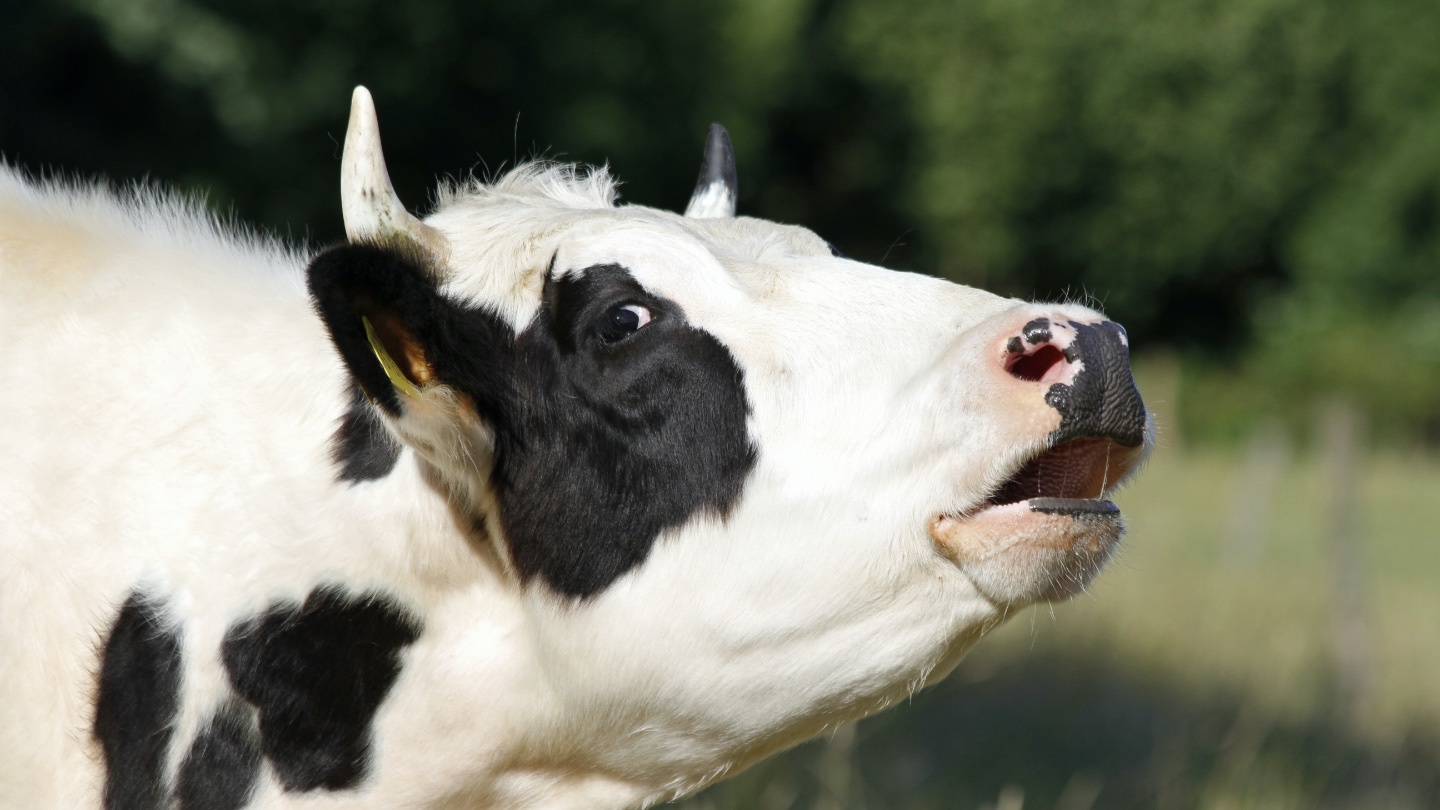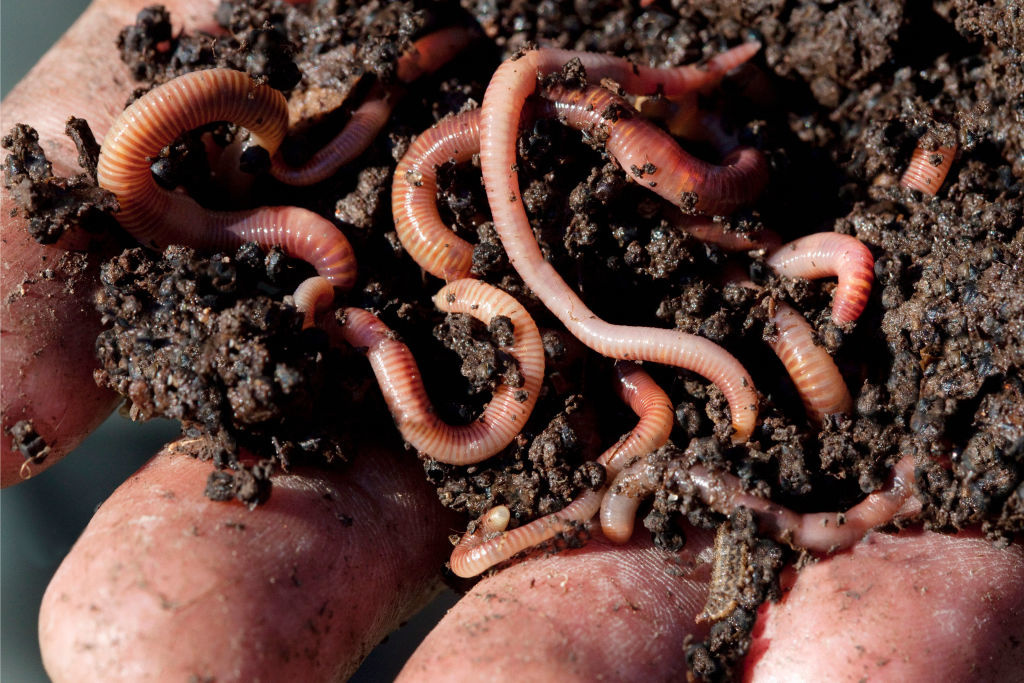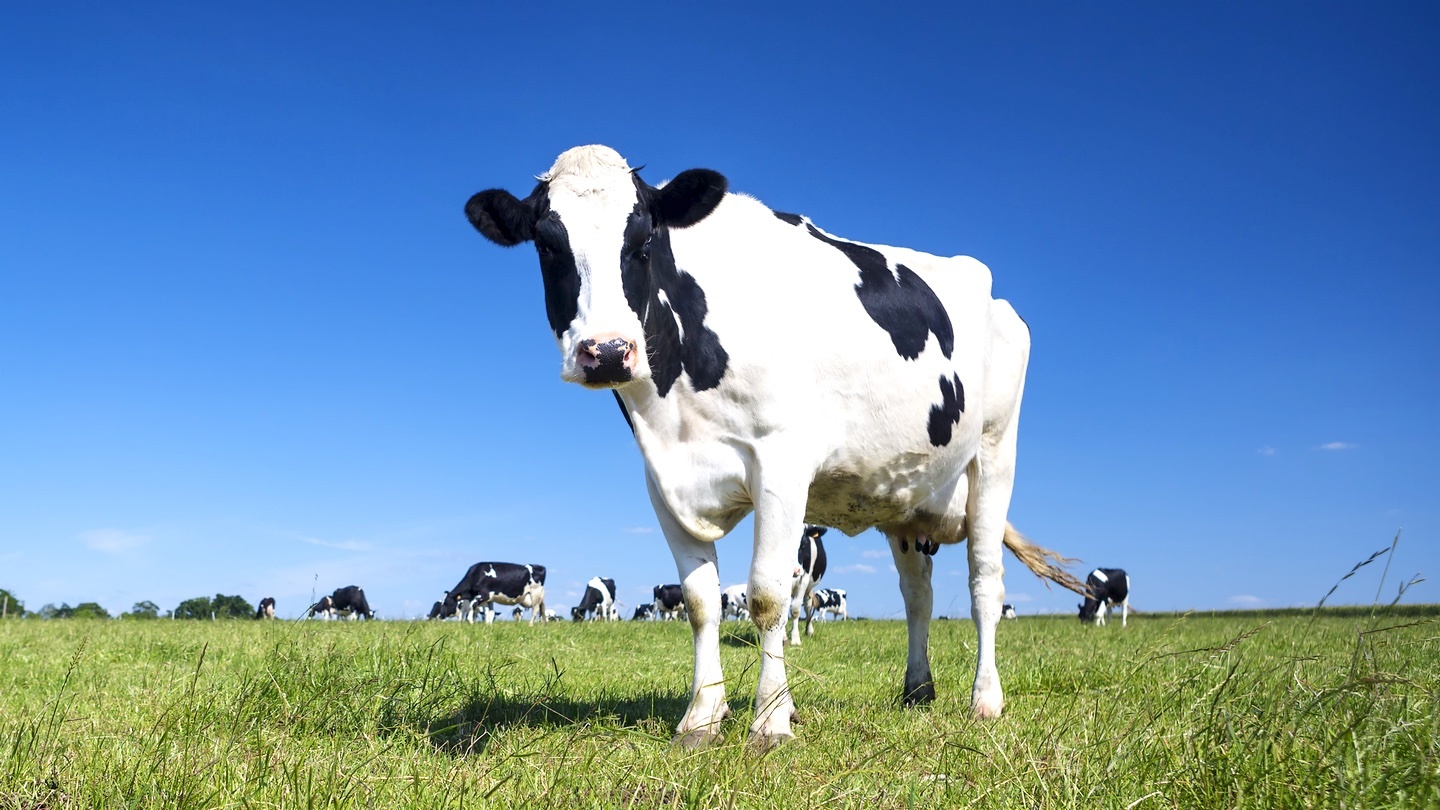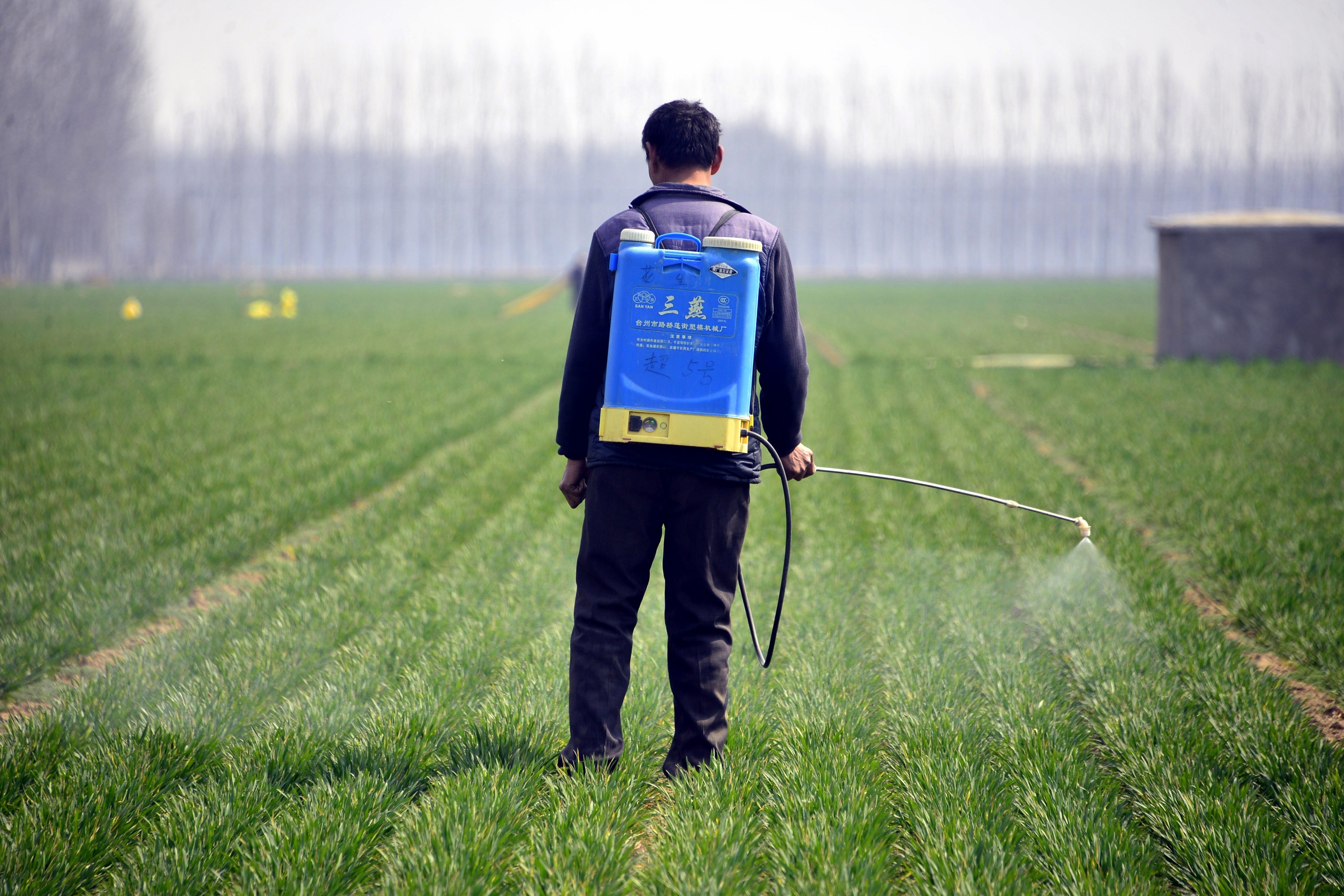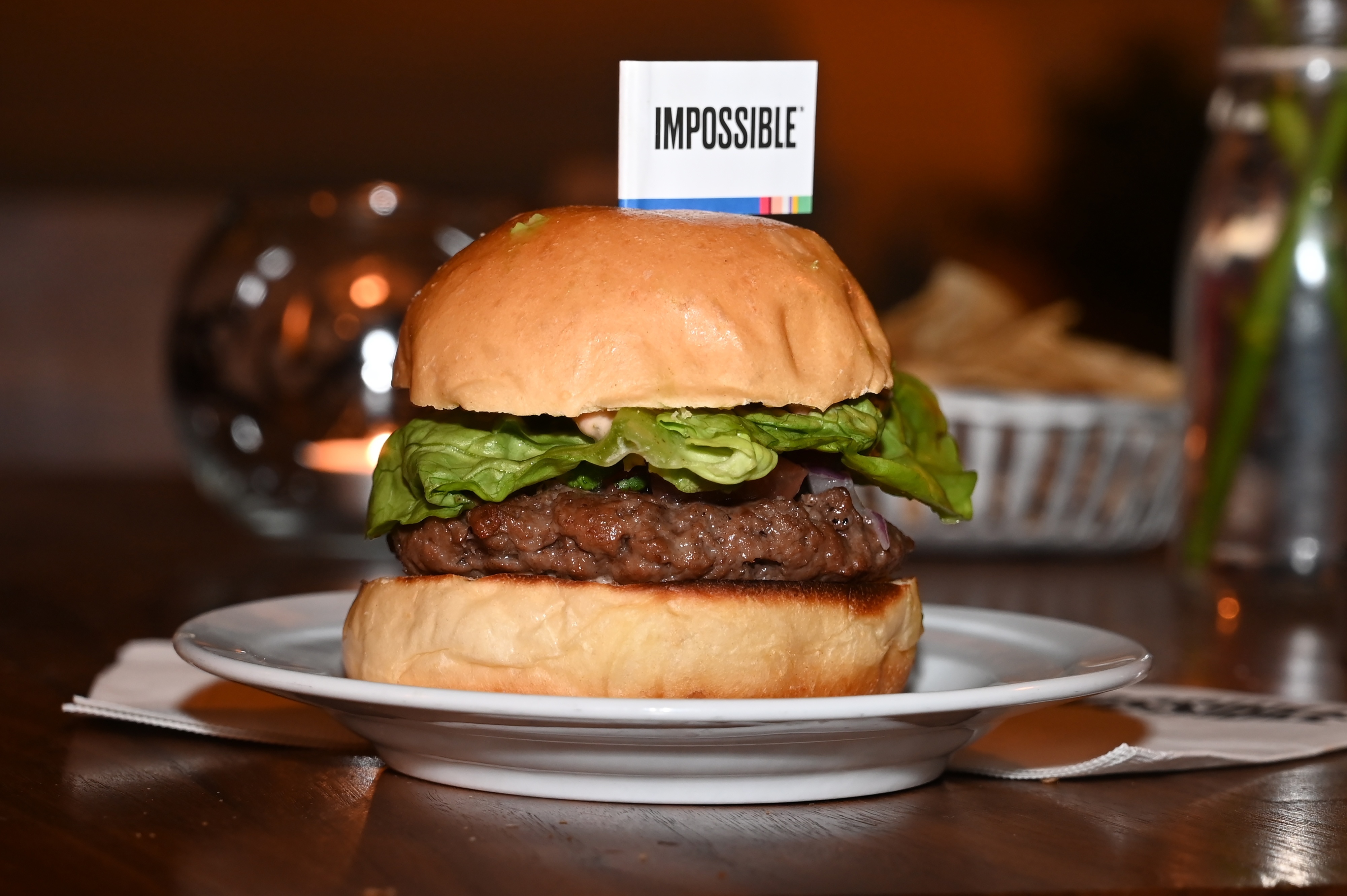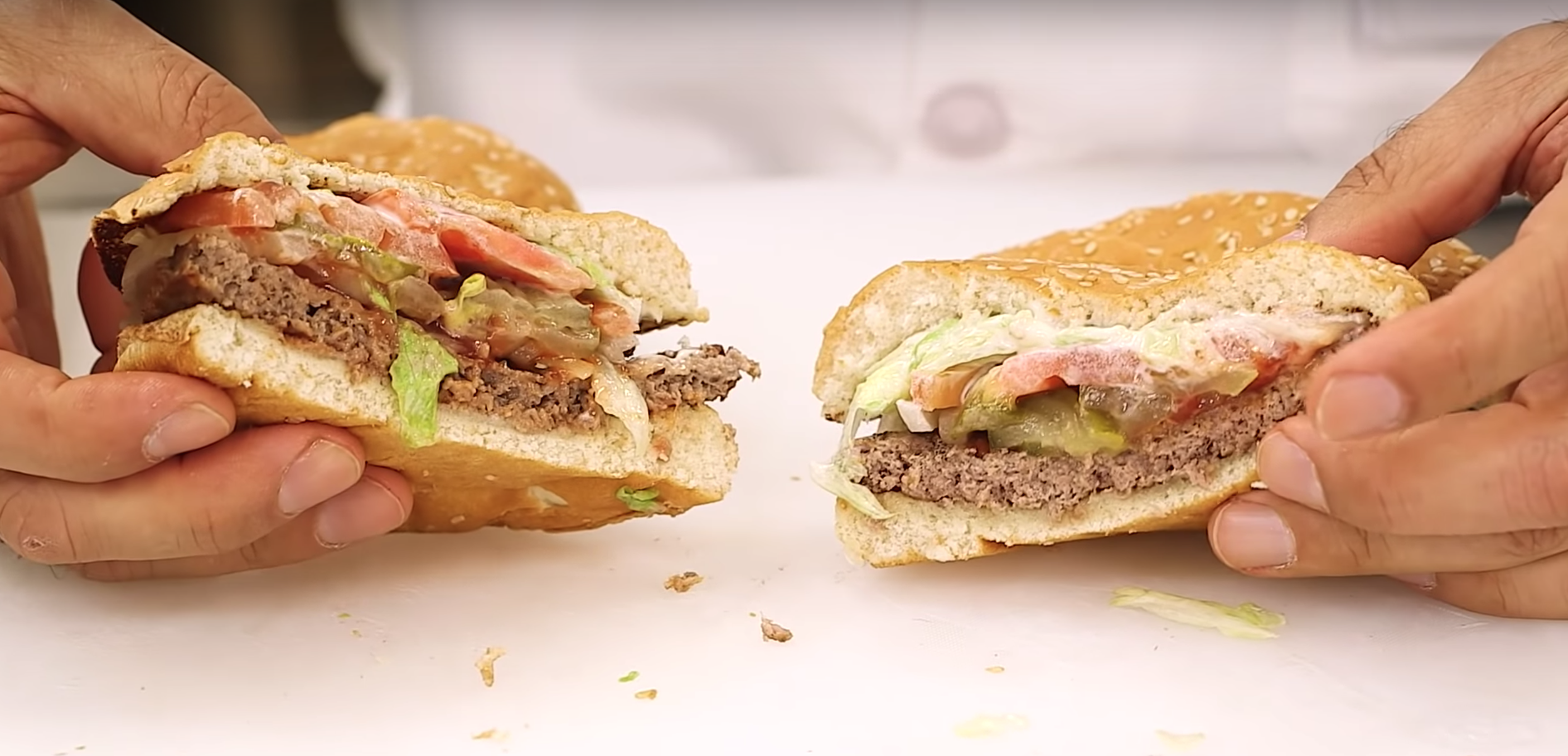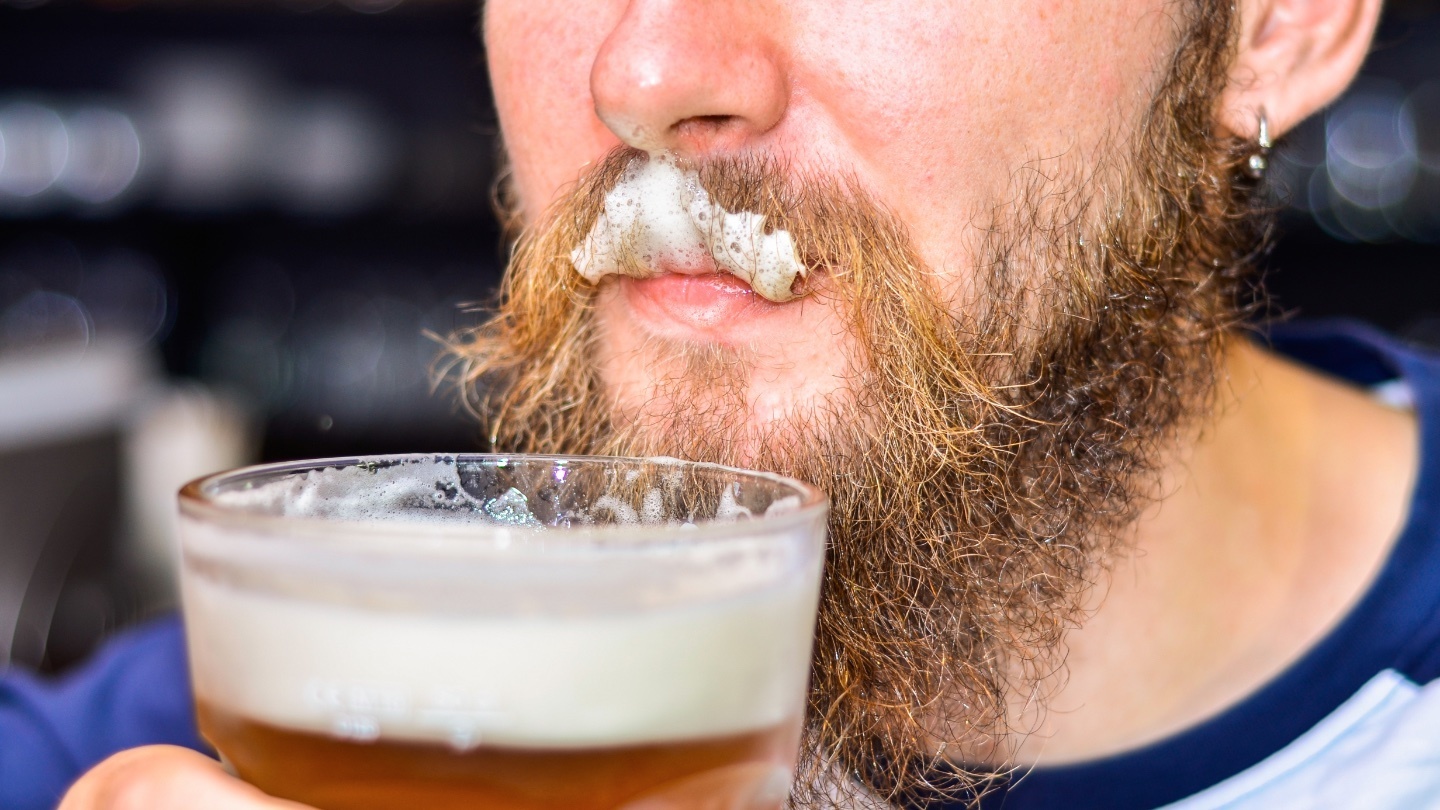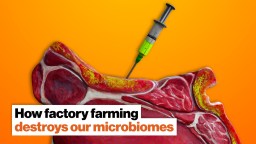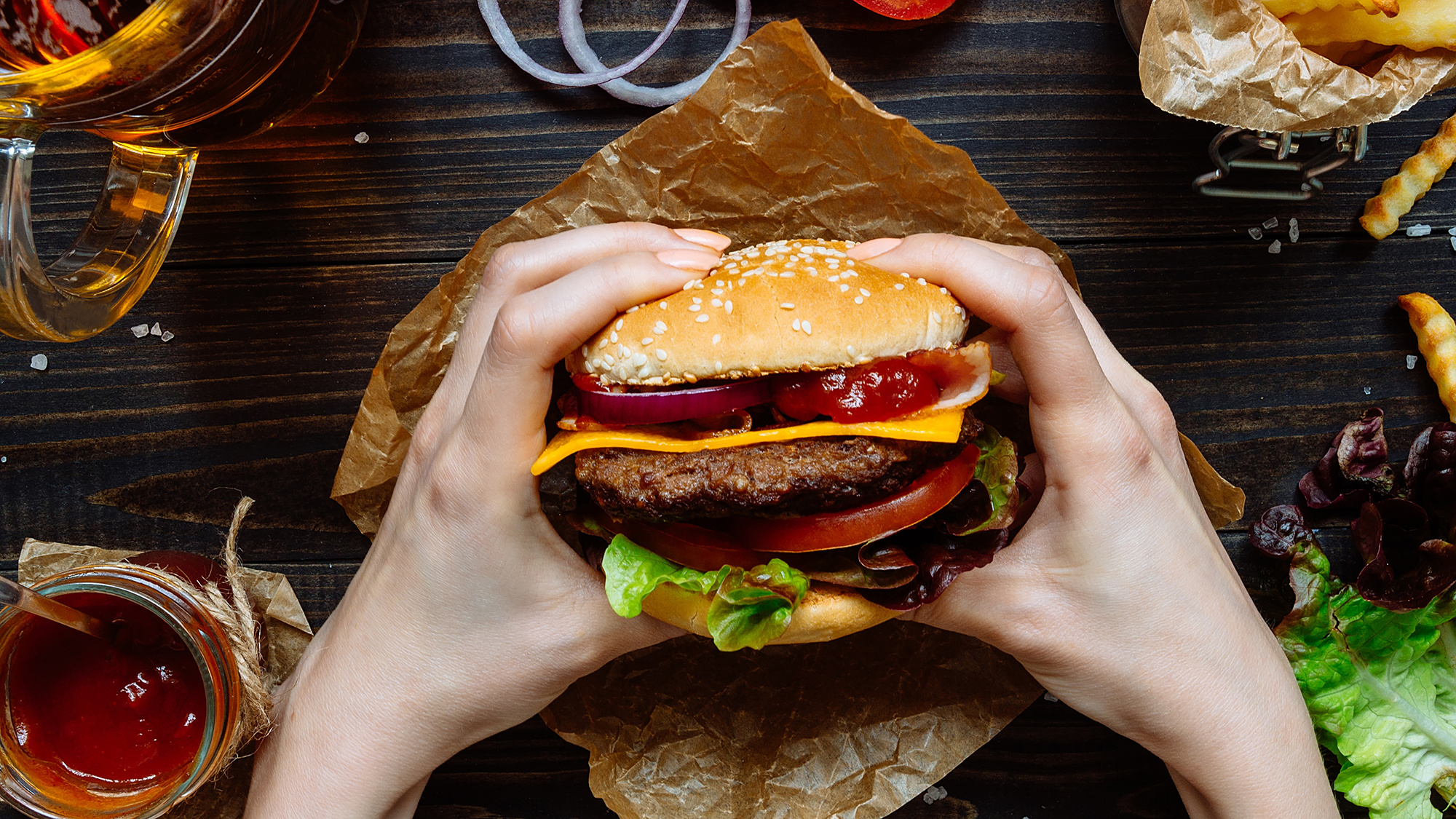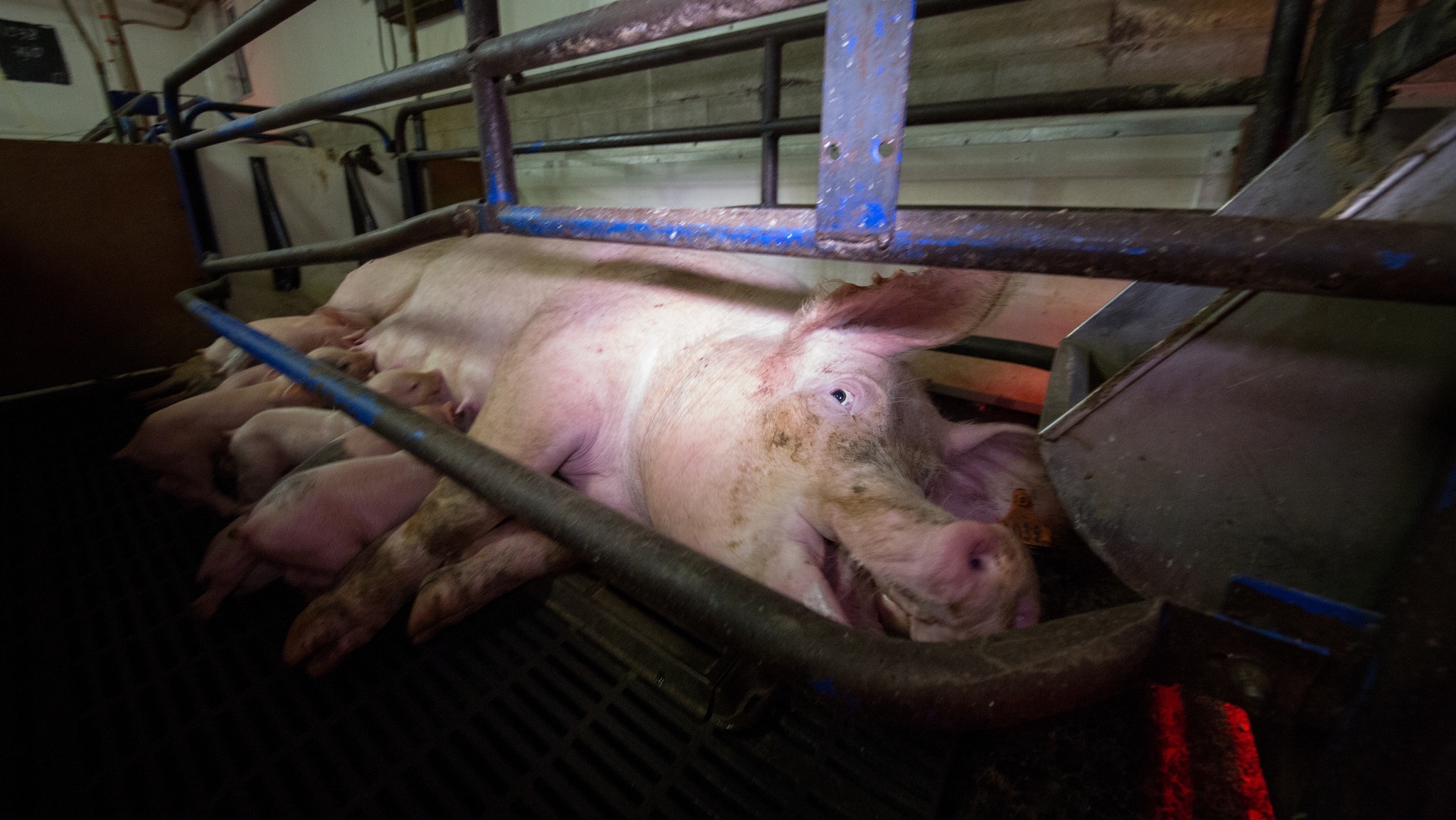farming
We eat 50 billion chickens every year. Is there a better way?
Singapore has approved the sale of a lab-grown meat product in an effort to secure its food supplies against disease and climate change.
An overfished planet needs a better solution. Fortunately, it’s coming.
Living simply now strikes many people as simply boring.
Study finds that a colony’s exposure to pesticides impairs offspring.
Audio recordings reveal cows have unique voices and share emotions with each other.
When these particles are eaten by earthworms, the results are not good.
The FDA calls out creators of genetically tweaked hornless bulls.
Some pesticides are about as toxic as table salt.
It’s made from Chernobyl water and rye. What could possibly go wrong?
Experts say two emerging meat alternatives will challenge the conventional meat industry.
Beefless meat enters the mainstream.
The controversial herbicide is everywhere, apparently.
Good bacteria are our friends. We need to protect them.
▸
3 min
—
with
As costs go down and the benefits become more clear, can we afford not to eat lab-grown meat?
Detailed (and beautiful) information on 57 million crop fields across the U.S. and Europe are now available online.
It’s not yet clear why this is happening, but there are plenty of suspects
The agricultural revolution was one of the best things to happen to the human species, right? Wrong.
▸
5 min
—
with
A Cornell University professor believes he has our food, climate, and fuel revolution answered all with one organism: microalgae.
